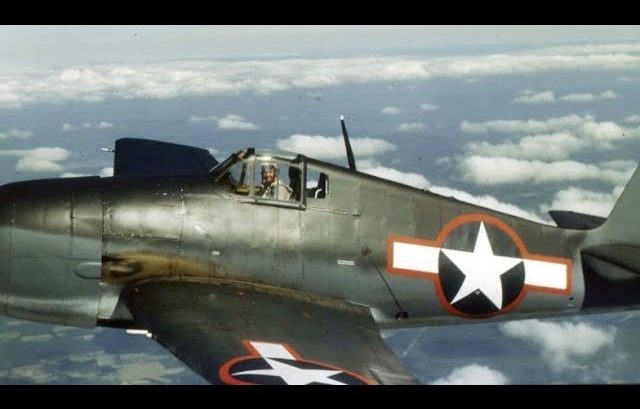On June 19, 1944, when the First Battle of the Philippine Sea was raging on, Lieutenant Alex Vraciu aboard his Grumman F6F Hellcat, spotted a formation of Japanese dive bombers bound for a carrier.
He intercepted three hostile formations at full speed, tearing them with his six .50-caliber machine guns, and one by one, they slowly began to go down.
When he eventually landed for refuel, he realized that he had managed to take them down only with 360 rounds of ammunition, a true testament to what the Hellcat can do.
Improved Wildcat
In late 1940, Grumman was asked to develop an upgrade of the F4-F Wildcat with a 1600hp Twin Cyclone engine as an interim measure. This is because of the issues with Vought’s XF4U-1 that take some time to resolve.
The Largest Wings
One of the main modifications that made the Hellcat different from the Wildcat is that its wings are mounted lower on the fuselage and could be hydraulically folded.
These wings followed Grumman’s patented stow wing design. Moreover, folding the Hellcat’s wings was critical since it was a fighter with the largest wings of World War II.
Quick Development
The first Hellcat took the skies in June 1942. Test pilots praised the aircraft which received a maximum speed of 391 miles per hour and an approximate combat range of 945 miles.
Its service ceiling was over 37,000 feet with an outstanding rate of climb of 2600 feet.
Conquering the Pacific
The Hellcat quickly became the default aircraft of the US Navy and the Marines. On December 4th, 1943, the Hellcats emerged victorious claiming 28 Japanese Zeros and losing only 3 of their own.
Last Years
When the war ended, the Hellcat was replaced by the F8F Bearcat but was still used for second-line duties in the Korean War.
Ultimately, it was credited with destroying over 5,200 aircraft while in service with the US Navy, Marine Corps, and Royal Navy.



